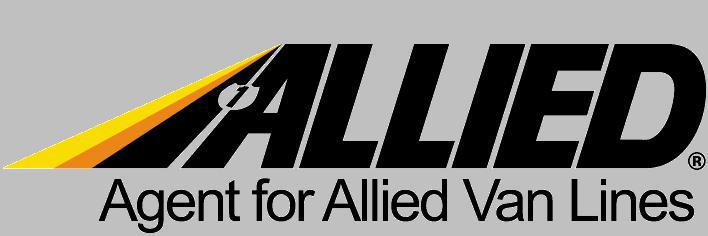
Central-Herrin Storage & Transfer
4/5
(318) 221-5135
(318) 221-5135
1305 Marshall Street
Company's Membership needs to be upgraded. Please Become a Member pressing below.
Become a member<a href="/best-movers/Louisiana/Shreveport/central-herrin-storage-transfer-moving-reviews/"><img width="150" height="133" src="/static/common/images/badge-1.webp" alt="MovingCompany" /></a>To see full content of an review, just click on card that you want to see.

Add a Review